
Microsoft Business Applications Launch Event introduces wave of new AI-powered capabilities for Dynamics 365 and Power Platform
This article is contributed. See the original author and article here.
Today, at the Microsoft Business Applications Launch Event, we kicked off the 2023 release wave 2 for Microsoft Dynamics 365 and Microsoft Power Platform, a six-month rollout of new and enhanced capabilities scheduled for release between October 2023 and March 2024.
This release wave introduces hundreds of new features across Microsoft Power Platform applications, including enhanced capabilities for governance, administration, and professional development. Updates for Dynamics 365 include innovation to help employees be more productive, create exceptional customer experiences and deepen relationships, and drive meaningful growth across the business. This release also features new AI capabilities in Copilot—which more than 130,000 organizations have now experienced—that help to improve insights, save time, and enhance creativity across Dynamics 365 and Microsoft Power Platform.
Tune in to the launch event, live or on-demand, for a concise overview of the release wave, as well as a firsthand look at how organizations like Nestlé, Kodak Alaris, Northern Trust, Centrica, Spark NZ, Domino’s Pizza UK and Ireland, and Suffolk are adopting these capabilities to drive transformative changes in their businesses.
Some of the themes at the event include:
- A new era of AI-powered customer service and field service
- Transforming enterprise resource planning (ERP) with AI
- Enhancing customer experience through AI-driven transformation
- Leading a new era of AI-generated low-code app development with Microsoft Power Platform
A new era of AI-powered customer service and field service
As a frontline for customer loyalty, service agents and field teams need access to information and insights to understand customer needs and respond appropriately. New Copilot capabilities for Microsoft Dynamics 365 Customer Service and Microsoft Dynamics 365 Field Service will help reduce time spent on common tasks, as well as introduce enhancements to the Customer Service workspace. Updates include improved inbox functionality, a redesigned voice experience, enhanced collaboration through Microsoft Teams, and integrated diagnostics for administrators—all aimed at boosting agent productivity and operational efficiency.
During the session led by Jeff Comstock, Corporate Vice President, Customer Service, we demonstrated how Copilot assists customer service and field service processes, including customer self-service, across various channels.
We also revealed how customers like Northern Trust Corporation, a leading wealth and asset management institution, can use Copilot to assist the client services team with tasks ranging from account reviews and case investigations to post-resolution wrap-ups. Northern Trust Corporation has not only gained recognition for its innovative financial services, but also for its unwavering commitment to customer service. With Dynamics 365 Customer Service as a steadfast component of its journey, the latest capabilities in release wave 2 can help the client service teams at Northern Trust be even more efficient, effective, and customer-focused, streamlining its workflow and enhancing its ability to provide timely and accurate support to clients.
The session also delved deeper into the field service domain, where Centrica, a global energy services company, effectively manages its sizable workforce of 12,000 field operatives on site by harnessing the new capabilities of Dynamics 365 Field Service, streamlining processes from task assignments to issue resolution.
To learn more about release wave 2 capabilities for Dynamics 365 Customer Service and Field Service, visit the release planner.
Transforming ERP with AI
The new release wave harnesses AI, automation, and analytics to help organizations drive greater operational efficiency across finance, supply chain, and operations—capabilities that enhance visibility, automate processes, extend coverage, and deliver a more integrated experience across departments.
Updates to Microsoft Dynamics 365 Finance include the general availability of extended planning and analysis, which brings together operational and financial planning to continuously plan, act, and analyze. In addition, the general availability of business performance analytics streamlines financial reporting by centralizing data from multiple business processes and in an easy-to-use interface.
Updates to Microsoft Dynamics 365 Supply Chain Management include improvements in demand planning, as well as procure-to-pay processes. Copilot will now suggest actions that can help purchasing agents make better decisions in response to new and updated information that affects open purchase orders.
At the launch event, Georg Glantschnig, Vice President, AI ERP, showcased how Domino’s Pizza UK and Ireland is improving its demand planning accuracy by using AI. These new features have greatly enhanced its capacity to serve more customers by precisely planning food requirements, thereby reducing food waste, and improving environmental sustainability through more efficient facility operations. Additionally, the process of fulfilling purchase orders has also seen a remarkable enhancement, thanks to Copilot.
We also demonstrated how New Zealand’s largest telecommunications and digital services provider, Spark NZ, is transforming its finance and supply chain operations with Microsoft Dynamics 365. It can now automate many of its financial processes—including vendor invoice processing, automatic revaluation of foreign currency transactions, transaction reconciliation, billing, and complex tax calculations. Human resources can also streamline processes, from hiring to self-service vacation time requests and tracking.
See the release plans for Dynamics 365 Finance, Supply Chain Management, Project Operations, and Human Resources.
Enhancing customer experience through AI-driven transformation
With Microsoft Dynamics 365 Sales, Microsoft Dynamics 365 Customer Insights, and Copilot you can use data and insights that used to be hidden, unlock capabilities previously out of reach, and reach new levels of productivity and collaboration.
The new release wave introduces a variety of solutions to help marketers and sales professionals use Copilot to deepen their understanding of their target customer base, streamline engagement processes, and push the boundaries in crafting exceptional customer experiences.
In the closing keynote session, Lori Lamkin, Corporate Vice President, Customer Experience, demonstrated how Kodak Alaris, a global technology company, effectively used Copilot within Dynamics 365 Sales and Customer Insights. Taking advantage of the new AI capabilities, it tapped into previously hidden data to target its customer base, unlocking capabilities that were once out of reach. Using Copilot, it was able to create unique personalized content to keep customers informed about its services and effortlessly establish new levels of productivity and customer connection, attracting new businesses like never before.
For more details, review the release plans for Dynamics 365 Sales and Dynamics 365 Customer Insights.
Leading a new era of AI-generated low-code app development with Microsoft Power Platform
Copilot in Power Platform ushers in a new era of AI-assisted low-code development. Copilot features in release wave 2 make it even easier to quickly create solutions.
At the launch event, Sangya Singh, Vice President, Power Pages, showcased how Copilot plays a vital role in democratizing development, enabling a broader audience—both citizen and professional developers—to create innovative solutions using natural language.
Through the lens of Suffolk, one of America’s largest construction companies, we demonstrated how Microsoft Power Automate helped them streamline critical material request processes, enabling teams to use Copilot in Power Automate to build flows by describing what they need.
We also showcased how Microsoft Power Apps can help Suffolk facilitate efficient coordination of construction status updates, and how the generative answers capability in Microsoft Power Virtual Agents can search industry resources for answers, reducing manual research. We also demonstrated how Microsoft Power Pages improves collaboration with multiple partners on construction projects, and how Microsoft Power BI can help Suffolk visualize safety data at construction sites across the globe, highlighting the trends, causes, and outcomes of incidents and near misses so that preventative actions can be easily identified and implemented.
In addition to enhancing daily business operations, Copilot within Microsoft Power Platform has significantly improved the governance and administrative experience, expediting the development of these applications.
Visit the Microsoft Power Platform release planner for more details.
Tune in to the Microsoft Business Applications Virtual Launch Event

Microsoft Business Applications Launch Event
Tune in live or on-demand for a concise overview of the release wave.
Watch the launch event on-demand for in-depth insights and demonstrations of the new capabilities across Dynamics 365 and Microsoft Power Platform. You can also delve into several deep-dive presentations on topics including Microsoft Dynamics 365 Business Central, responsible AI practices, and a fireside chat that explores the latest features in this release wave.
Don’t forget to explore the detailed release plans for Dynamics 365 and Microsoft Power Platform to stay informed about what’s new and on the horizon.
We also invite you to learn more about the latest AI innovation at Microsoft Ignite 2023, taking place in Seattle from November 14 through November 17, 2023, with online sessions available live and on-demand on November 15 and November 16. Register today.
The post Microsoft Business Applications Launch Event introduces wave of new AI-powered capabilities for Dynamics 365 and Power Platform appeared first on Microsoft Dynamics 365 Blog.
Brought to you by Dr. Ware, Microsoft Office 365 Silver Partner, Charleston SC.



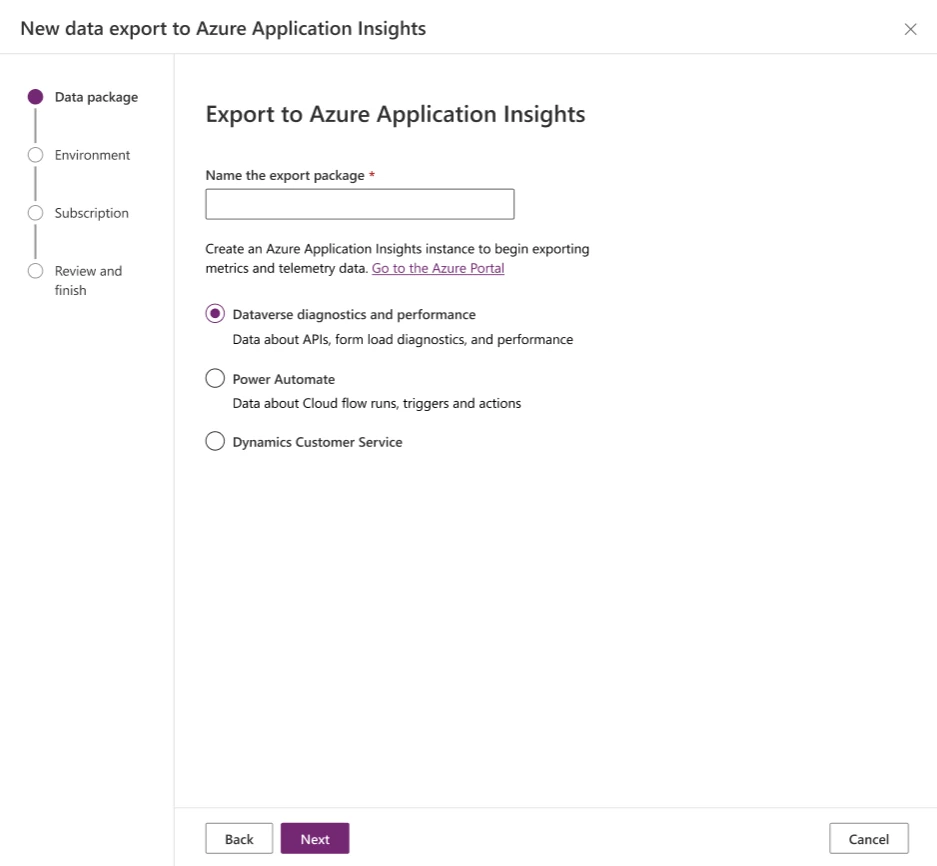
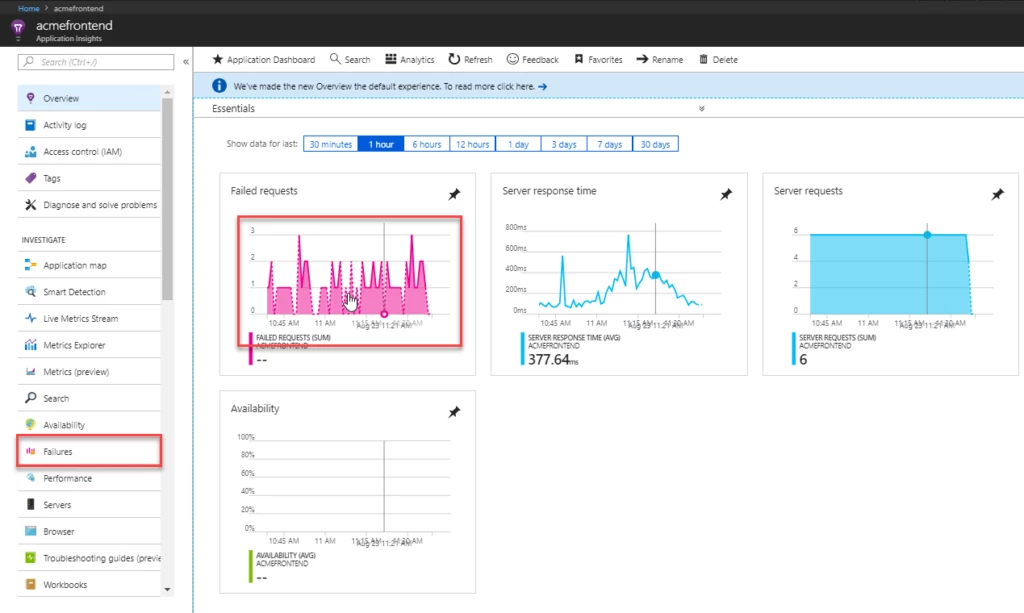
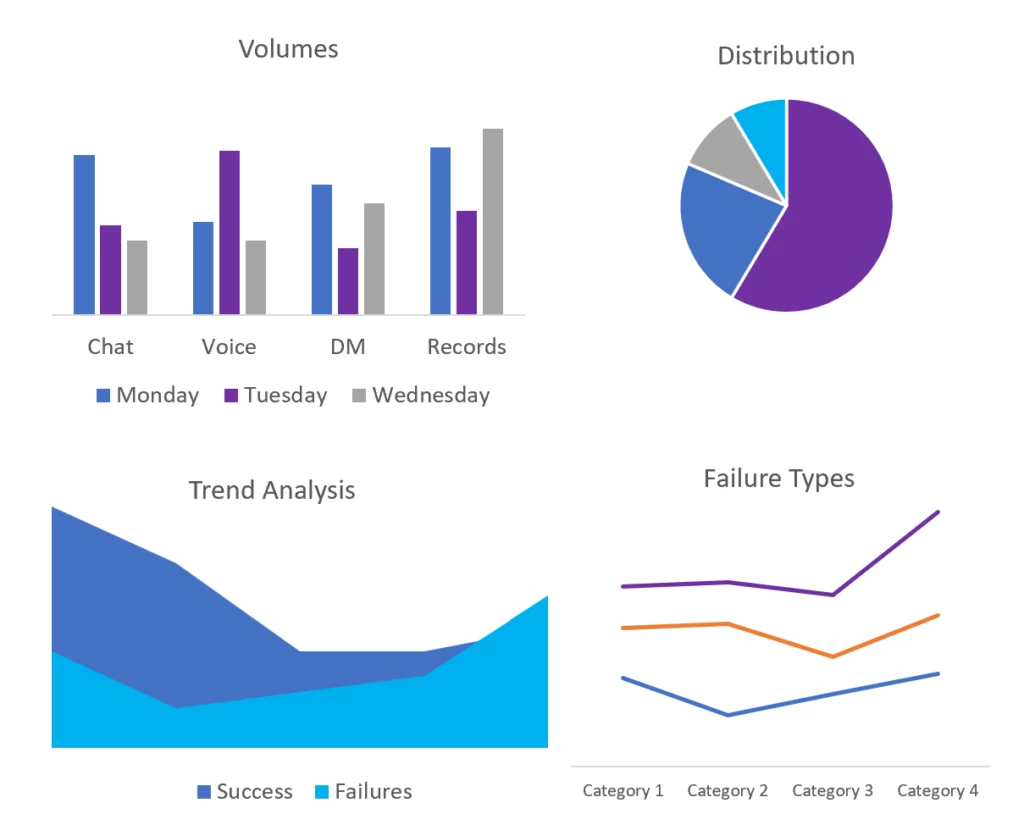


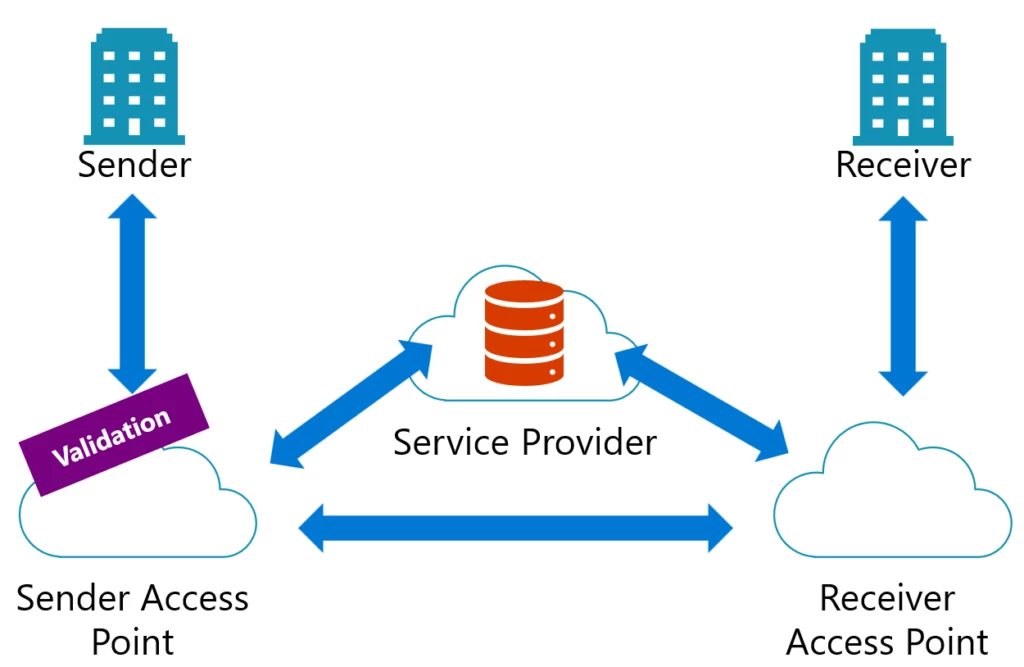
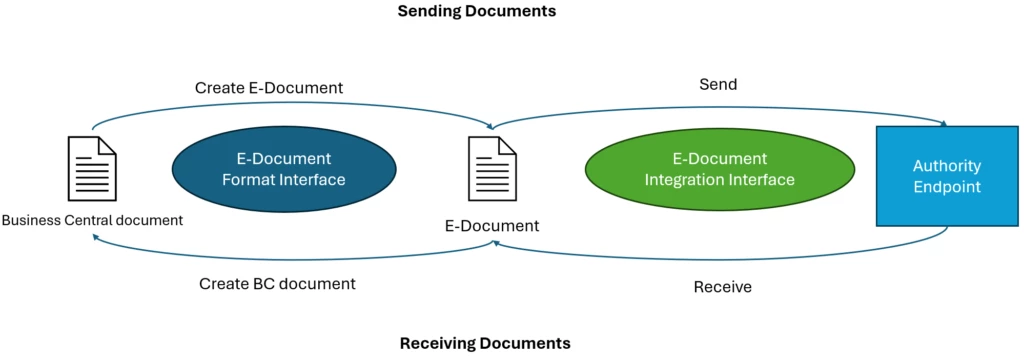
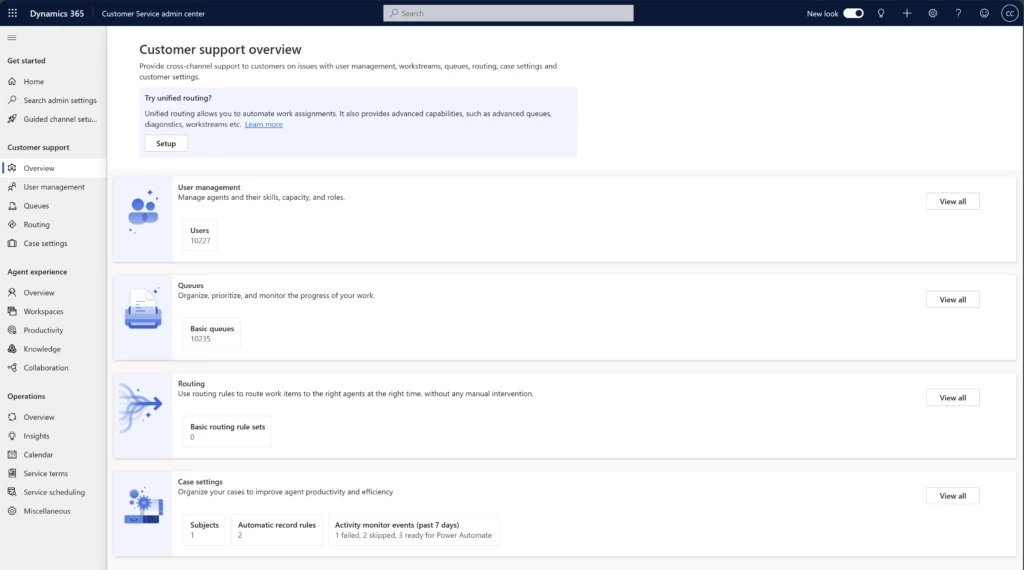
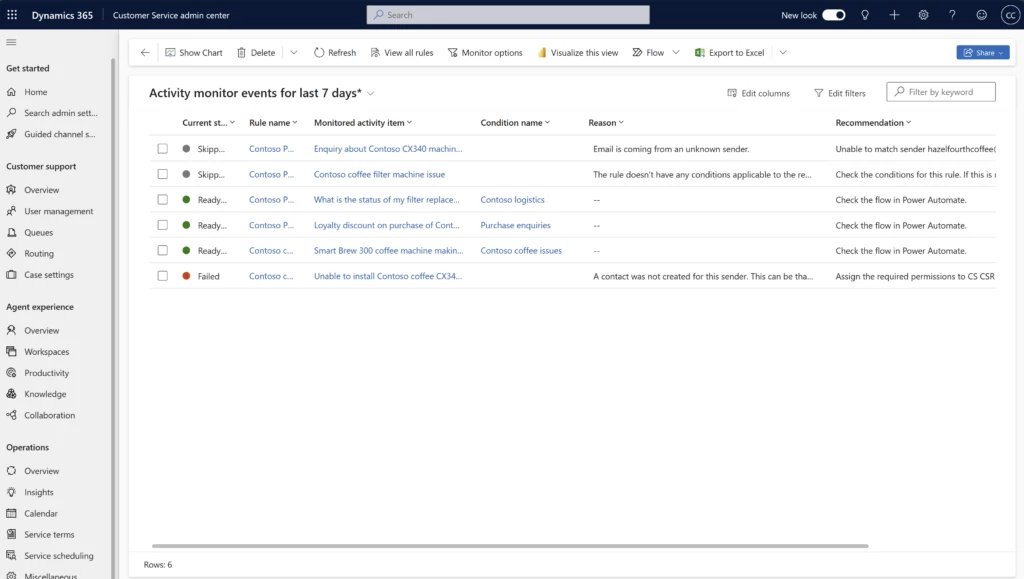


Recent Comments